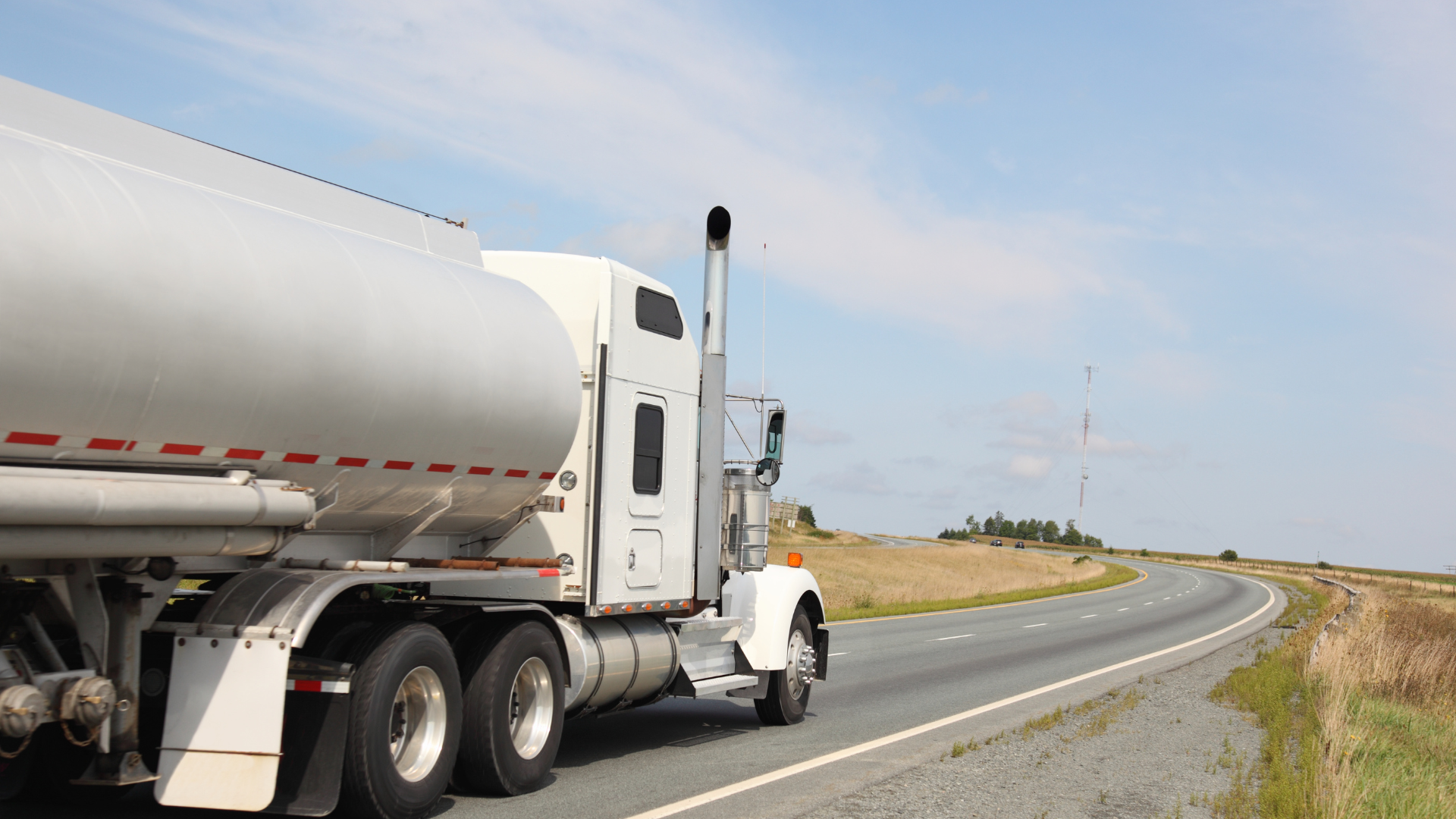It’s no secret that the trucking industry is booming. With the growth of e-commerce, there has been a corresponding increase in the need for truck transportation. Logistics companies are expanding by the day as well, which means they need more fleets.
But what many people don’t realize is that there are different types of truck transportation, each with its advantages and disadvantages. If you are looking for a semi truck transport service online, for instance, then you can find this to suit a particular transport requirement.
Transporting trucks is not quite like transporting anything else. Their vast scale and weight do present a problem, and accidents can still happen during truck transportation. Those who have been injured in a truck accident often need help from a truck injury attorney to understand their legal options and fight for compensation for their injuries. The risk of accidents and the complications of transport can be solved as well, with the right transportation solution.
To make the best decision about which type of truck transportation is right for your business, you need to understand the different options available. In this article, we will discuss the three most common types of truck transportation: over-the-road trucking, rail shipping, and water shipping.
Road
Over-the-road trucking is the most common method of truck transportation and is often used for shorter trips, such as within a state or across country borders. It involves having a trucker drive the truck from one location to another. These trucks may be utilised in-house by companies that hire drivers. They may also be provided by trucking services provided by third-party companies, like the one you can find through this 3PL resource.
Various businesses benefit from maintaining an outsourced logistics department due to flexibility and cost-efficiency. Others, however, may be required to build their own logistics department due to circumstantial reasons. For instance, a company may offer its products and services in places where there are no vendors to offer shipping and delivery services. So, these kinds of businesses need to rely on themselves to ensure customer delivery. And often, in a bid to make their systems more efficient, many companies tend to use fleet management software (you can find a resourceful fleet management software guide here) to track their vehicles and drivers. This helps them keep track of their fleets in real time so that they can be on schedule.
The major advantage of over-the-road trucking is that it allows for faster delivery times since the trucker can take an optimized route that avoids traffic and other delays.
The different types of trucks that are used in transportation include:
Tanker Trucks: Tanker trucks are used to transport liquids or gases, such as petroleum and chemicals.
Utility Trucks: Utility trucks are used to transport multiple items at once, such as construction materials and industrial equipment.
Semi-Tractor Trucks:
These are truck tractors that pull trailers, allowing for efficient transportation of large items or a combination of multiple smaller items. Transport companies generally find a trailer that suits these trucks from a dedicated fleet provider. This ensures optimum efficiency and speed of transport.
Dually Trucks:
Dually trucks are truck tractors that have four wheels on each side, allowing for greater load capacity.
Dry Van Trucks: These are the most popular truck types for transporting items that require protection from the elements, such as furniture and electronics.
Flatbed Trucks: Flatbeds are truckbeds that do not have a trailer, making them ideal for transporting large pieces of equipment or machinery.
Technology is playing its part in this industry like any other, of course. Automation with trucks is making its way into the industry.
Rail Shipping
Rail shipping is another type of truck transportation. This method involves having the truck loaded onto a rail car, which is then transported via freight train. The major advantage of rail shipping is that it’s generally more cost-effective than over-the-road trucking since it involves fewer truckers and fuel costs. Additionally, rail shipping is significantly faster than traditional truck transportation because freight trains can travel at much higher speeds.
Water Shipping
Finally, water shipping is a type of truck transportation that involves loading the truck onto a cargo vessel and transporting it by sea. This method is often used for truck transportation over long distances, such as international trips. The major advantage of water shipping is that it’s generally cheaper than other methods since the truck doesn’t have to be driven and there are fewer fuel costs associated with traveling by sea. Additionally, water shipping can also be faster than traditional truck transportation since cargo vessels can travel at higher speeds.
Conclusion
Transportation is a critical component of the trucking industry and there are several different types of truck transportation available. Depending on your needs, one type may be better suited than another. By understanding the different options available and their respective advantages and disadvantages, you can make an informed decision about which truck transportation is best for your business. With careful planning and consideration, you can ensure that your truck shipment arrives at its destination safely and on time.
For more information about truck transportation and how to get trucks transported to your depot, contact a trucking professional for advice today. They can provide valuable insight into the different kinds of truck transportation available and help you decide which option is best for your business.

